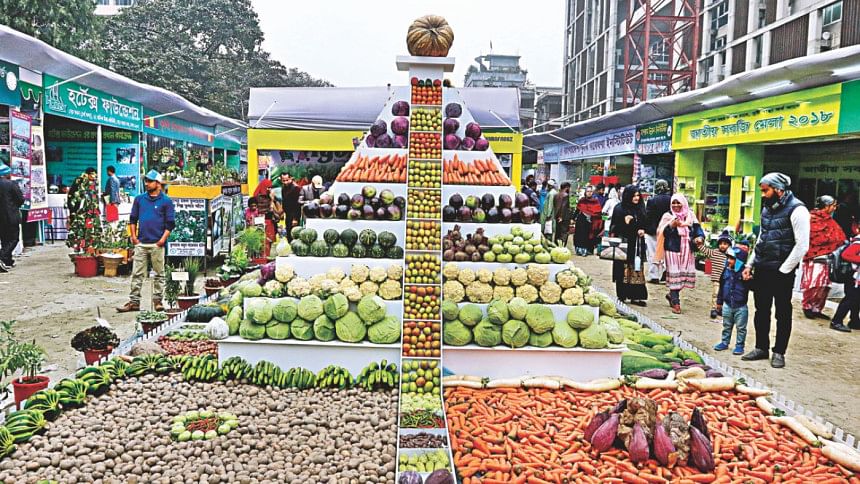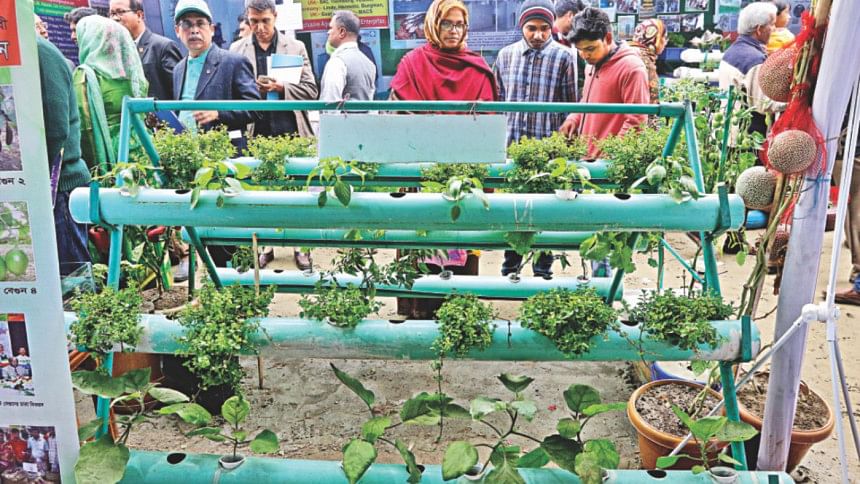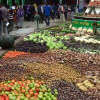Vegetable yield inadequate

Despite a rising trend in annual production, only one third of the country's vegetable consumption can be met with the present amount of its production.
Therefore, “... to meet the demand of consumers, the [vegetable] production should be increased three times or more,” Dr Md Harunur Rashid, vice chancellor of Patuakhali Science and Technology University, said at a seminar in the capital yesterday.
Dr Harunur said this while presenting a keynote paper on securing year-long vegetable cultivation in a changing climate to ensure nutrition safety and to alleviate poverty.
The seminar was organised in the auditorium of Krishibid Institution, Bangladesh on the occasion of the 3rd National Vegetable Fair 2018, being organised by the agriculture ministry and the Department of Agricultural Extension.

The objective of the three-day vegetable fair is to create awareness about the importance of having sufficient vegetables and to encourage growers to increase its production.
Shipping Minister Shajahan Khan was present as the chief guest at the programme while Agriculture Minister Matia Chowdhury was a special guest.
Dr Harunur in his keynote paper said only a tenth of the country's total cultivable land is used for vegetable production.
The annual demand for vegetables in the country is 13.25 million metric tonnes, whereas the annual production is only 3.73 million metric tonnes.
An adult in the country on an average consumes only 60 to 70 grams of vegetables (except potato) each day, which is about one third of the amount (220 gram) recommended by the United Nations Food and Agricultural Organization (FAO), he said.
Quality seeds are necessary for ensuring production of quality vegetables and vegetable varieties capable of tolerating climate change and salinity should be invented for higher yields, he also said.
This year's fair has 82 stalls and four pavilions.
Mizanur Rahman, director of the Horticulture Wing of Department of Agricultural Extension, said there are around 150 varieties of vegetables in the country, but the people are only aware about around 30 of those.

 For all latest news, follow The Daily Star's Google News channel.
For all latest news, follow The Daily Star's Google News channel. 





Comments